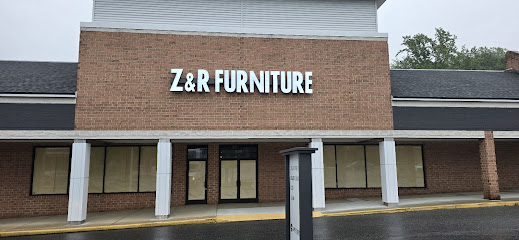In today’s fast-paced business world, companies face rising costs, market competition, and global supply chain disruptions. A strong optimization operational strategy helps organizations stay efficient while cutting unnecessary expenses.
Whether it’s in logistics, procurement, or compliance, operational excellence is now a necessity not a choice. Businesses that invest in process optimization perform better, save more, and build resilience for the future.
Understanding the Core of Operational Optimization
Process optimization operational strategy means improving how a company’s operations work from start to finish. It’s about simplifying workflows, reducing waste, and using data to make smart decisions.
Common inefficiencies such as poor communication between teams, manual data handling, or delayed approvals can slow operations and increase costs. Optimizing these processes helps organizations achieve more with fewer resources while maintaining quality and speed.
A modern approach includes automation, standardized procedures, and continuous improvement all backed by measurable performance data.
Logistics & Supply Chain Optimization: The Backbone of Cost Efficiency
An optimized logistics supply chain is vital for maintaining profitability and customer satisfaction. From sourcing materials to delivering final products, every step affects cost and efficiency.
Supply chain optimization involves improving transportation routes, managing inventory levels, and ensuring real-time tracking. Many U.S.-based companies now use digital platforms and AI-powered analytics to forecast demand and minimize waste.
For example, optimizing delivery routes or warehouse operations can reduce fuel use and improve delivery times — cutting costs while boosting customer trust.
Strengthening Procurement and Vendor Management
A smart procurement vendor management consulting process ensures companies get the best value for their spending. It focuses on building strong relationships with reliable suppliers and maintaining transparent communication.
By analyzing vendor performance, businesses can identify risks early, negotiate better terms, and maintain quality control.
Vendor management consulting helps organizations create a clear strategy for supplier selection, contract management, and performance tracking. When procurement is well-structured, it directly impacts cost reduction and long-term stability.
Best practices for vendor optimization:
-
Use digital tools for supplier evaluation.
-
Track key metrics like delivery time and compliance.
-
Diversify suppliers to reduce dependency risk.
-
Review contracts annually for better terms.
Ensuring Compliance & Managing Risk Effectively
Every organization must meet certain industry standards and regulations. Failing to comply can result in fines, delays, and damage to reputation. That’s why regulatory compliance risk management plays a crucial role in modern operations.
Companies today use automated systems to monitor compliance and reduce errors. Regular audits, employee training, and updated documentation also help maintain trust and reliability.
Compliance risk management ensures that all operational processes follow the rules, keeping the business protected and efficient. It’s not only about avoiding penalties — it’s about building a culture of responsibility and transparency.
Integrating Data-Driven Decision-Making
Data is at the heart of every successful operational strategy. Through analytics, businesses can spot inefficiencies, predict trends, and make informed decisions quickly.
Real-time dashboards and performance analytics allow managers to see where resources are being wasted. These insights drive process optimization operational strategy, helping teams act before problems grow.
For example, predictive analytics can forecast supply chain delays, allowing companies to adjust sourcing or logistics plans instantly — saving both time and money.
Collaboration Across Departments for Holistic Optimization
Operational success depends on teamwork. Departments like logistics, procurement, and compliance must work together toward common goals.
Cross-department collaboration ensures smooth communication, faster decision-making, and better results. Tools like project management platforms, cloud-based communication systems, and digital dashboards make it easy to align teams.
Tips to align teams with operational goals:
-
Schedule regular review meetings.
-
Use shared dashboards for tracking progress.
-
Promote open communication between departments.
Measuring Success: Key Performance Indicators (KPIs)
To measure improvement, companies need the right KPIs. These indicators show how well the optimization operational strategy is working.
Common KPIs include:
-
Order fulfillment rate
-
Supplier performance score
-
Cost per order delivered
-
Inventory turnover rate
-
Compliance audit success
Tracking these metrics helps organizations identify weak spots and take timely action for improvement.
Case Study Snapshot: A Successful Optimization Strategy
A U.S.-based logistics firm recently improved efficiency by adopting an end-to-end supply chain optimization system. By digitizing inventory management and using vendor analytics, they cut operating costs by 25% within six months.
They also implemented compliance risk management software to monitor contracts and reduce manual paperwork. The result? Faster decision-making, improved transparency, and stronger partnerships across their supply chain.
This shows that even small changes in operational processes can deliver major financial and performance benefits.
Conclusion: Building a Resilient, Cost-Efficient Operation
Operational efficiency is not just about saving money — it’s about building a foundation for growth. By integrating logistics supply chain optimization, vendor management consulting, and compliance risk management, businesses create a more adaptive and cost-effective system.
Investing in a data-driven and people-centered optimization operational strategy helps companies achieve long-term success and stay competitive in a changing world.




